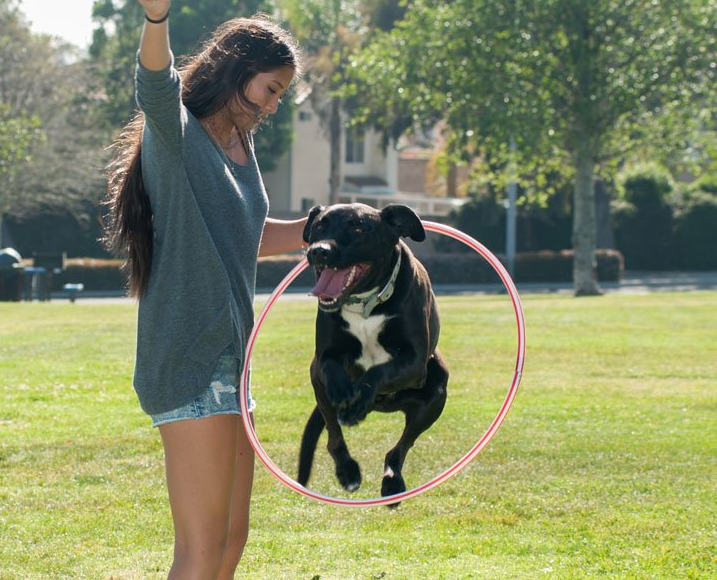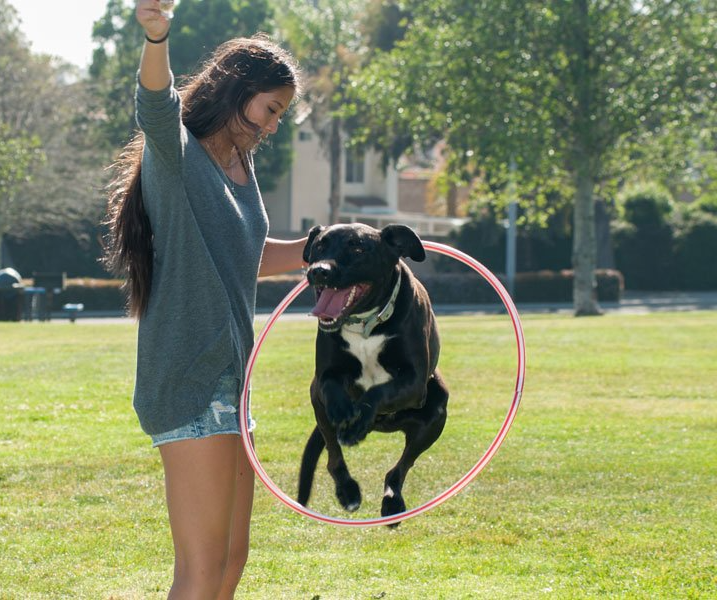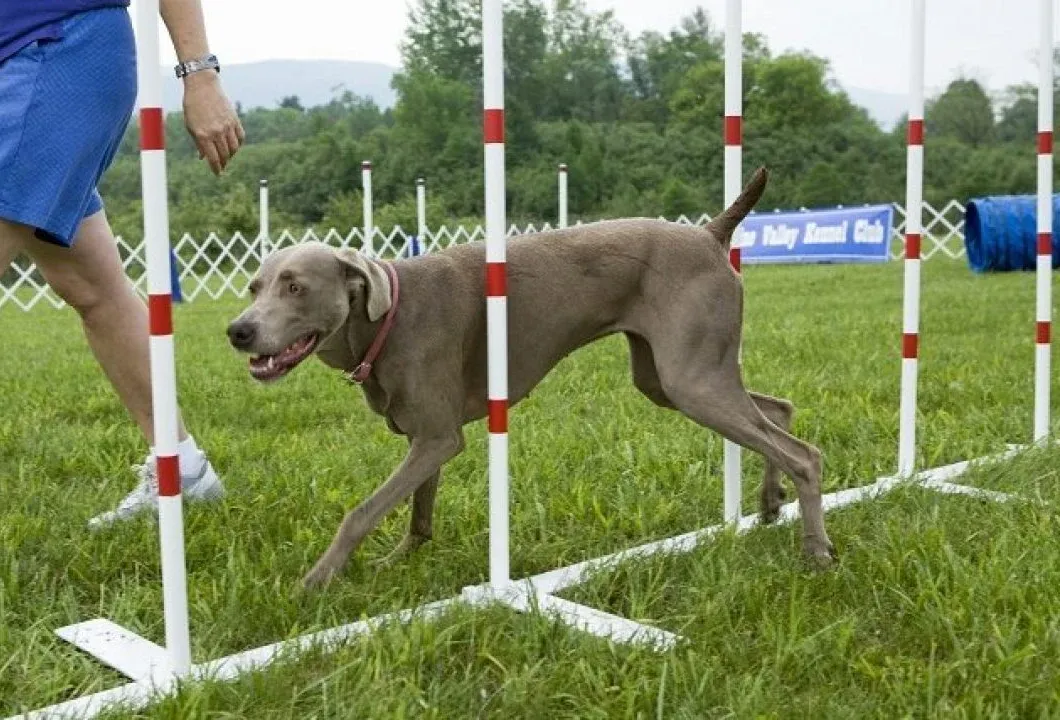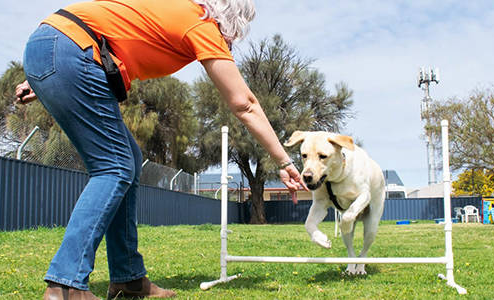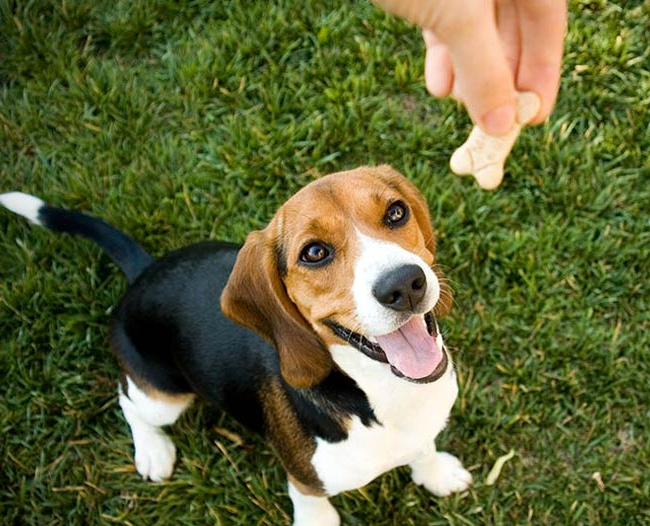Positive Dog Training: Setting Proper Expectations
Realistic Expectations For Dog Obedience Training
An important factor in maintaining this positive dog training mindset is coming up with realistic expectations. That doesn't mean they have to be low, but you have to assess the speed they learn each behavior (they may pick some up more readily than others), the amount of time you can dedicate to regular training, your experience or training skill set combined with their level of training, age, and temperament. Puppies tend to have less focus than adult dogs because their energy level is high and they're still learning the basics of life and their relatively new home. It's okay to aim high, but if you want your dog to be well-trained and responsive it will require more than one day a week; you'll need to put in the work and training time on a daily basis. Even short, focused sessions will go a long way if they are done routinely. If you're not sure if your goals are realistic, talk to a professional dog obedience trainer to discuss how you may need to adjust them to be fair to both you and your dog.
Most importantly, don't make training a negative experience for your dog. Training should make them feel engaged and they should be confident afterward, not discouraged. Make it something they look forward to by going at a pace where they can be successful and not raising the bar too quickly. If they feel like they can't get it right or make you happy, they might feel confused or frustrated and lose their enjoyment in it. Focus on the basics and fundamentals rather than getting too excited and rushing through them to avoid learning gaps. Work up slowly so they can follow, and always end on a positive by asking them to do a command you're certain they've mastered- even a simple one like "sit"- so the session can end with praise and a treat.

